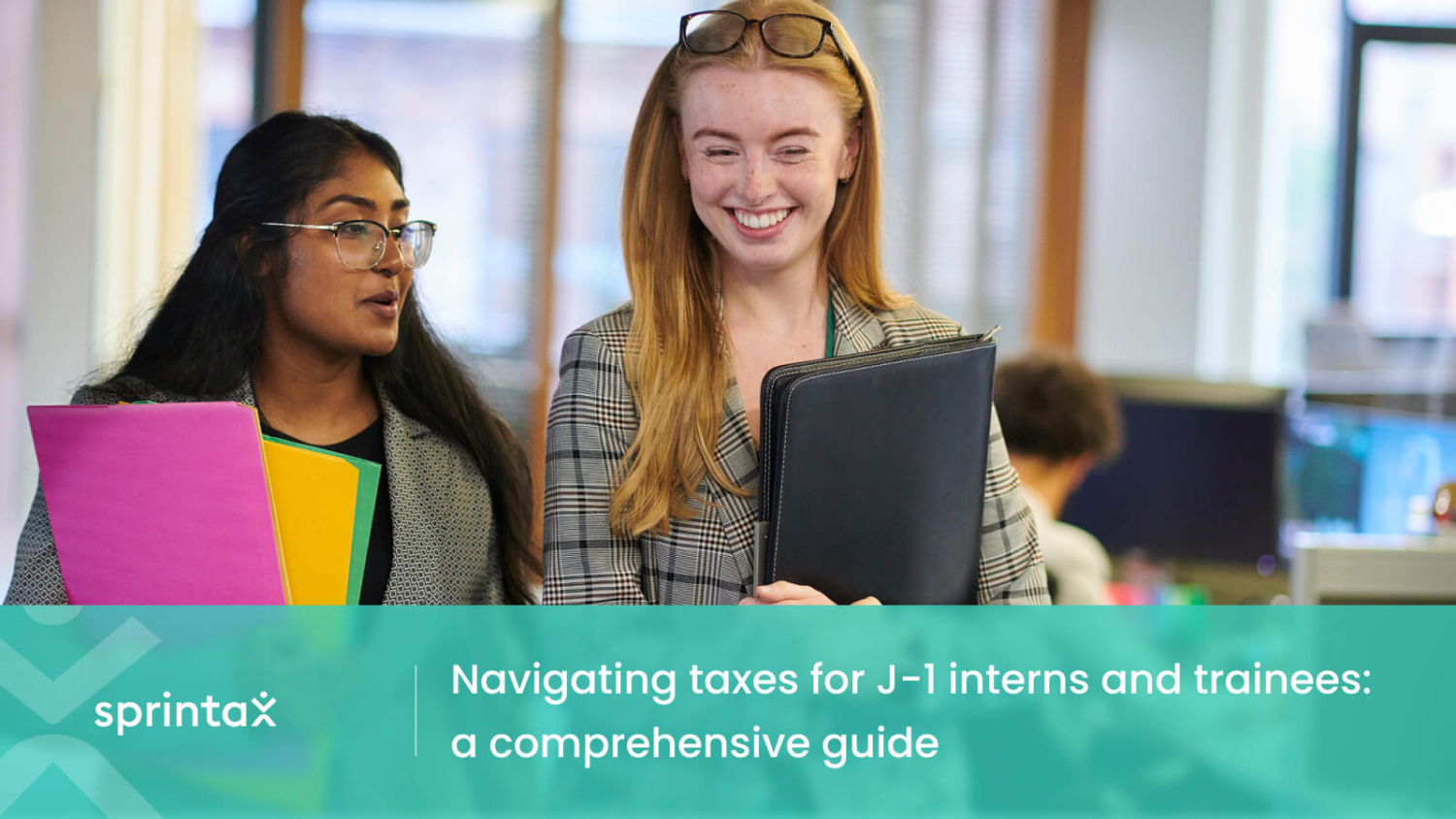Cross-border employee share schemes and dividend withholding tax (DWT) explained
Cross-border share schemes and dividend withholding tax (DWT) explained
Did you know that billions of dollars of dividend withholding tax (DWT) is deducted from investment profits every year? In fact, it is estimated by S&P that globally $200bn of DWT is withheld each year, with a large percentage of that unclaimed.
The good news? You may be able to claim a DWT refund! Continue reading “Cross-border employee share schemes and dividend withholding tax (DWT) explained” »















